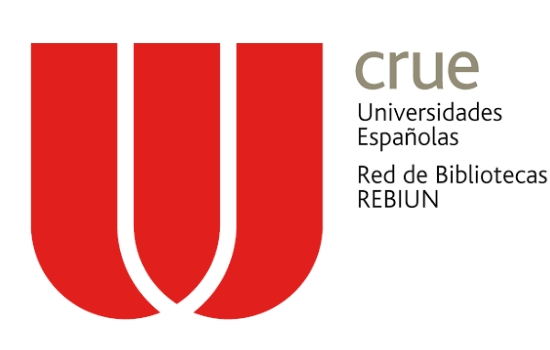Cestaria e a história de vida dos artesãos indígenas da Terra Indígena Xapecó
Keywords:
Cestaria kaingang, Etnomatemática, Geometria, Basketry kaingang, Ethnomathematics, GeometryAbstract
Resumo
Cada povo culturalmente distinto possui habilidades e formas de materializar as necessidades do dia a dia ou dos rituais em diferentes artefatos: a cerâmica, a cestaria, os instrumentos musicais, os pequenos adornos, a arquitetura e toda a cultura material dos povos nativos estão carregados de princípios, objetivos, conhecimentos, história e valores. Com esta perspectiva fomos motivadas a desenvolver nosso trabalho de pesquisa com o povo Kaingang, especificamente, com artesãos da Terra Indígena Xapecó, em Ipuaçu - Brasil (SC), para conhecer sua história, sua cultura e seus saberes. Buscando contribuir para a valorização, divulgação e preservação de seus conhecimentos, inclusive os conhecimentos matemáticos – outras matemáticas dos povos culturalmente distintos. Desenvolvemos um estudo sobre saberes matemáticos em prática e cestarias dos Kaingang. Como resultado, apresentamos a seleção de grafismos sobre os quais apresentamos significados na cosmologia dualista kaingang e a identificação de propriedades geométricas da matemática escolar. O estudo foi desenvolvido através de pesquisa bibliográfica e de campo, com observação participante e teve como principal ferramenta teórica a etnomatemática.
Abstract
Every nation has culturally distinct abilities and forms to reflect the needs of everyday life or rituals in different artifacts: pottery, basketry, musical instruments, small adornments, architecture and material culture of the entire native peoples are loaded with principles, goals, knowledge, history and values. With this perspective we were motivated to develop our research work with the people Kaingang specifically with Indigenous artisans Xapecó in Ipuaçu - Brazil (SC), to know their history, their culture and their knowledge. Seeking to contribute to the appreciation, preservation and dissemination of their knowledge, including mathematical knowledge - other mathematical culturally distinct peoples. We developed a study on mathematical knowledge into practice and baskets of Kaingang. As a result, we present a selection of artwork on which we present meanings kaingang dualistic cosmology and identify geometric properties of mathematics. The study was developed through a literature review and fieldwork with participant observation and its main theoretical tool ethnomathematics.
Downloads
References
Breda, A., Valderez Lima, M. (2011). Etnomatemática sob dois pontos de vista: a visão “D‟Ambrosiana” e a visão Pós-Estruturalista. Revista Latinoamericana de Etnomatemática, 4(2), 4-31.
Condé, M. L. L. (2004). As teias da razão: Wittgenstein e a crise da racionalidade moderna. Belo Horizonte: Argvmentvm Editora.
Costa, W. N. G., Borba, M. C. (1996). O porquê da etnomatemática na educação indígena. Revista Zetetiké, 4(6), 87-95.
Duarte, C. G., Halmenschlager, V. L. S. (2008). Diferentes racionalidades presentes em comunidades rurais. In: VII Seminário de Pesquisa em Educação da Região Sul -Anpedsul, Pesquisa em Educação e Inserção social. Itajaí: UNIVALI.
Gerdes, P. (2007). Otthava: fazer cestos e geometria na cultura Makhuwa do nordeste de Moçambique. Nampula, Moçambique: Universidade Lúrio.
Silva, S. B. (2001). Etnoarqueologia dos grafismos "Kaingang": um modelo para a compreensão das sociedades Proto-Jê meridionais. 2001. (Tese de Doutorado em Arqueologia) FFLCH/USP, São Paulo.
Wittgenstein, L. (2004). Investigações filosóficas. Petrópolis: Vozes.
Downloads
Published
How to Cite
Issue
Section
License
Once the article is accepted by the Latin American Journal of Ethnomathematics, the authors cede the rights to publish and distribute the text electronically, including storing it and making it available online.
The authors can distribute their own material without soliciting permission from the Latin American Journal of Ethnomathematics, whenever mentioning that the original version is found at http://www.revista.etnomatematica.org
Copyright © 2008, Latin American Journal of Ethnomathematics
All contents of the Latin American Journal of Ethnomathematics are published under the _ and can be used freely, giving credits to the authors and to the Journal, as established by this license.











